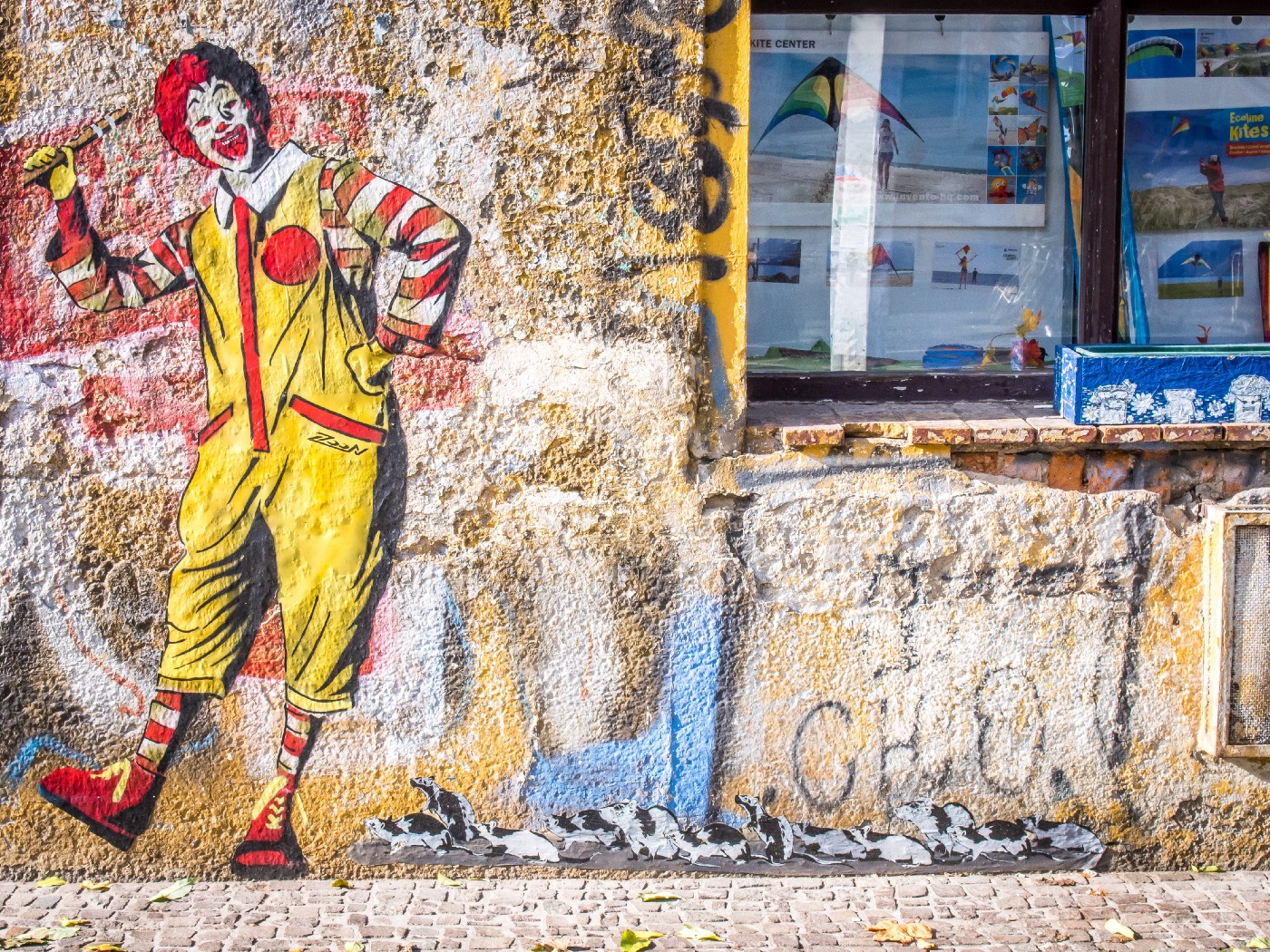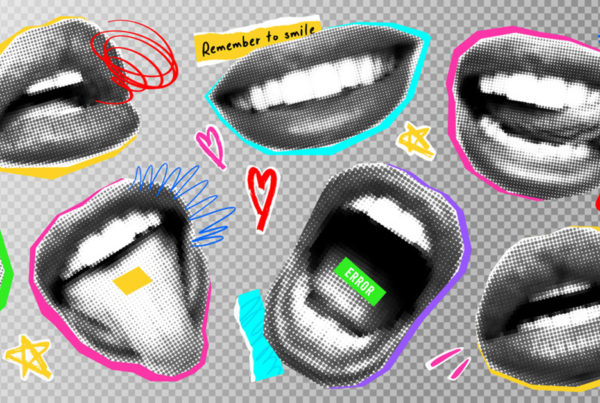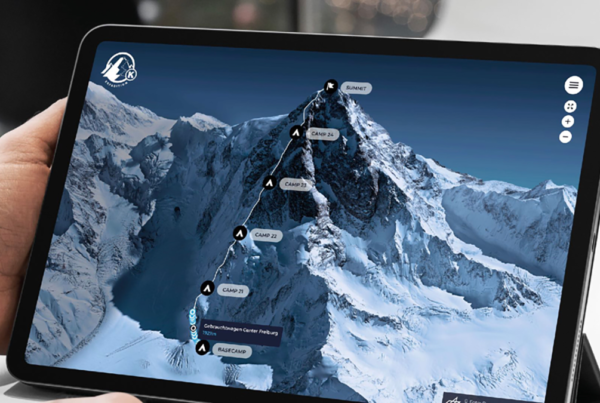The school of the 21st century formulates four competences that will be crucial in the future: Communication, collaboration, creativity and critical thinking. They are the key skills that set humans apart from AI and are needed to create solutions with long-term impact. WEF’s definition of the skills needed for the work of the future confirms the school’s approach. The creative sector, which is trying to find its role for the future, has a good chance to win. But without renewal, it will be difficult to continue to be a value-added partner for companies and brands.
Thank you for reading this post, don't forget to subscribe!
Technology will have a profound impact on every aspect of our society and our lives per se. No one doubts that the world of work, politics, health care and even our leisure time will change fundamentally. Sectors are renewing themselves, disappearing and new ones are being added. Also the way we have been defining and providing services. And the speed of transformation has increased over the last few years.
Positive or negative?
The debate in many communities is whether technology-driven change offers more opportunities or whether the risks outweigh the benefits. Examples from various sectors, most notably health and finance, show encouraging results. The World Economic Forum’s Future of Jobs Report predicts that half of all workers will need to be re-trained by 2025 and that some 85 million of today’s jobs will be lost due to a new human/machine split. On the other hand, the same report predicts that the new division of labour combined with algorithms could create 95 million new jobs. Arguably, it is not a question of good and evil. It’s rather a question of how a positive future can be formulated out of the inevitable transformation.
Based on the assumption that all knowledge will be available at one click, interdisciplinary skills like critical thinking, creativity and solving complex problems are key.
Schools are leading the way
New approaches in schools show how this could work. The 4-C model describes four skills with which coming generations should be empowered: Communication and Collaboration as well as Critical Thinking and Creativity. The model was developed about twenty years ago in the USA, where it is already embedded in many educational institutions. It was developed by a group of business representatives and education experts who studied the impact of digital technologies on education. Based on the assumption that all knowledge will be available at a click in future, they looked at interdisciplinary skills. Learners should no longer memorise specialised knowledge, but primarily develop the 4 C’s.
Tools of the future
Similar conclusions to those of the Partnership for 21st Century of Learning were drawn by the WEF in its Future of Jobs Report. Classified according to the competencies of problem solving, self-management, collaboration and technology application and development, the institute names the ten most important skills for employees in 2025. What is striking here is that, as with the 4 C’s, these are interdisciplinary competencies. They include critical thinking, creativity and solving complex problems. The basic skills are collaboration and communication.
Creative industry on the search
Automation, digitalisation, artificial intelligence and even robotisation will not stop at the creative sector. Marketing automation and big and smart data in web analysis tools are only a trivial beginning. As is the case everywhere in the economy, job profiles will soon look very different within the industry. New professions and new players will emerge continuously. The question is not if, but how fast. A change that is only logical and only consequent. Just like everywhere else, it remains an open question what forms technology will take in the sector. I strongly believe that the sector is predestined for the 4 C’s. Given that it is truly open and willing to critically question itself and to transform.
Creativity
It is obvious that the creative sector is competent in this area. But be careful! Not creativity as an end in itself, for the sake of a funny picture idea, a graphic design using the golden ratio or a catchy headline. But rather problem-solving creativity that searches for the underlying causes and fixes them instead of just tackling the symptoms. Success is only achieved through a combination of both types of creativity. At the beginning of every innovative solution, there is an intensive exploration of the problem. Moreover, the industry must realise that creativity is not a cradle gift and thus the privilege of a few. Everyone can be creative if he or she is willing and gets the time to solve a specific and clearly defined problem. The “Creatives” should respect that fact and use it as an opportunity. Because they are the ones who have learned to manage creativity. As such, their role is to conciliate the creative process — but not to own and control it.
Collaboration
In order to unlock the potential of everyone’s creativity, the creative sectors need to come down from their ivory towers and embrace true collaboration. Collaboration is the oldest of all human behaviours. Only thanks to this ability Homo Sapiens could survive. Now that we face overwhelming problems, collaboration has been re-discovered, recognising that diverse minds are much more successful in finding new solutions. Silo thinking within a closed circle of experts does not really create new solutions, but merely improves the existing ones. This also applies to the creative departments in agencies. Only when working together with people who have different backgrounds and knowledge is it possible to put facts in a new context, understand it differently and connect the dots in a new and innovative way. Which circles back to creativity.
Communication
Communication is also a well-known field for the creative industry. After all, everything they do aims at transporting a message from a sender to a receiver. Making the message unmistakable, convincing and entertaining. But now it is also necessary to master communication within collaborative teams. Because understanding what others think needs excellent communication skills. Of course, tools can help. But a hammer alone will not drive a nail into the wood. Those who do not share their thoughts, insights and ideas do not fuel the group and limit the chances for new combinations of thinking and thus for truly innovative solutions. On this point, there is a need for action on the part of the Creatives.
Critical thinking
Arguably, this is the point that the creative sector needs to work on the most. For too long, it has seen itself in the role of a loyal service provider and tried to be brilliant in servicing. With the motto of exceeding client expectations, the service provider role was constantly perfected and embellished with many smaller or larger additional surprises. If creative agencies want to be an impactful partner to their clients in all 4 C’s, they must dare to question the brief. To do this, they must be able to work at eye level with their clients, understand their business and build trust. This requires more work, more brainwork and creativity on topics like scenario-building, drawing conclusions, re-linking facts and discovering white spaces.
I do believe that the creative sector has a good chance of becoming a high-value partner for businesses and brands in solving the big problems they face today. But it’s up to the creative professionals to properly understand creativity, abandon their comfortable role as implementers and become equal in content to their clients. My best wishes to the creative community on this journey.




